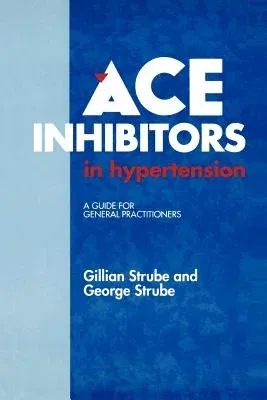ACE inhibitors are one of the most exciting and interesting of recent
medical developments. They fit the patho-physiologica1 processes of
cardiovascular disease with fascinating precision and are a constant
stimulus to the acquisition of greater understanding of the mechanisms
involved and of the mode of action of the drugs themselves. There is
still much to be learned, especially about the wider effects of the
drugs, their precise mode and site of action and about differences
between the different preparations. ACE inhibitors are of proven benefit
to patients with chronic congestive heart failure and are the latest in
the series of drugs used in the treatment of hypertension. Interest in
the treatment of hypertension has paralleled the development of
hypotensive drugs and the realisation that long-term prognosis could be
significantly improved. The treatment of hypertension has progressed in
stages following the development of a succession of increasingly
effective drugs, each allowing a greater proportion of patients to be
treated with fewer and fewer side-effects. First, the ganglion-blocking
agents such as hexamethonium and guan- ethidine transformed the outlook
for patients with malignant hypertension but proved too unpleasant for
routine use in other forms of hypertension.


